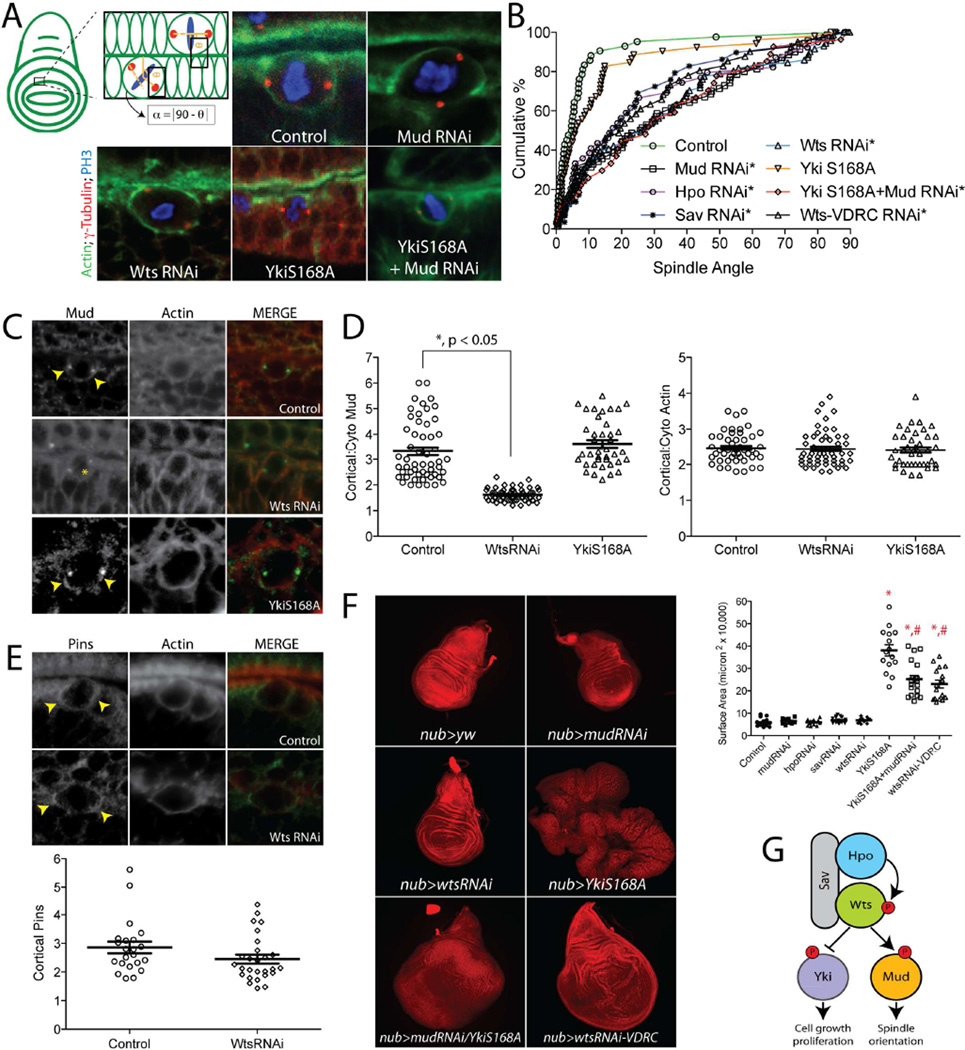Figure 7. Warts is required for cortical Mud localization and spindle orientation in wing imaginal disc epithelial cells.
(A) Spindle orientation in individual epithelial cells of third instar larval imaginal wing discs were measured relative to actin rich folds. Representative images show spindle positioning in indicated genotypes. Discs were dissected and stained with antibodies against γ-tubulin (to mark centrosomes), phosphohistone-H3 (PH3), and phalloidin (to label actin). (B) Cumulative percentage plots for all collected measurements. Expression of YkiS168A does not significantly alter spindle orientation, whereas RNAi against Hpo, Sav, or Wts results in nearly identical loss of spindle orientation as MudRNAi expression. A second ‘Wts-VDRC’ RNAi causes statistically equal spindle orientation defects. Asterisks indicate conditions significantly different from control. (C) Expression of WtsRNAi, but not YkiS168A, causes loss of cortical Mud accumulation (yellow arrowhead indicates sharp cortical Mud signal; yellow asterisk indicates delocalized Mud signal). (D) Cortical Mud and actin intensity ratios relative to cytoplasmic signal were calculated for each condition. (E) Pins localizes to the cell cortex of dividing wing disc cells with preferential accumulation near spindle poles (yellow arrowheads). Quantifications are shown below images: in contrast to Mud, expression of WtsRNAi does not significantly affect cortical Pins localization. (F) Whole wing discs from L3 staged larvae were imaged at identical magnification for each genotype and maximum intensity projections of z-stacks were generated in Zen software (Carl Zeiss). Although neither MudRNAi nor Hpo, Sav, or WtsRNAi caused dramatic effects on disc size, expression of YkiS168A induced significant overgrowth. Animals expressing both MudRNAi and YkiS168A had a significantly reduced overgrowth compared to YkiS168A alone. Discs from the alternate Wts-VDRC animals were overgrown to a similar degree as double mutant discs. *, p < 0.05 compared to Control; #, p < 0.05 compared to YkiS168A, ANOVA with Tukey’s post-hoc test. (G) Model for dual Warts functionality in wing discs: an inhibitory phosphorylation of Yki restricts cell proliferation, whereas an activating phosphorylation of Mud promotes proper spindle orientation. See also Figures S3 and S4.

